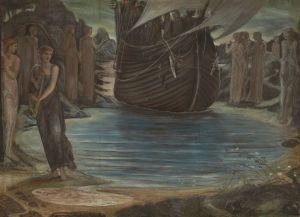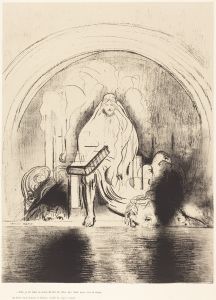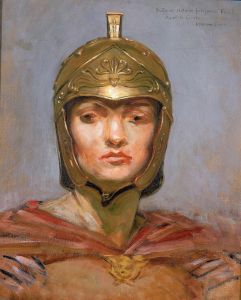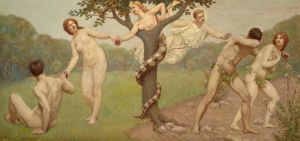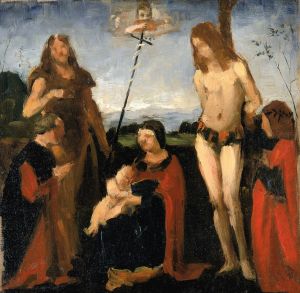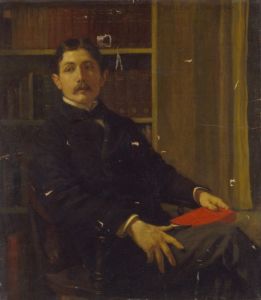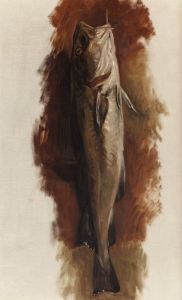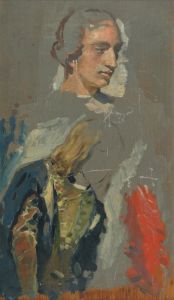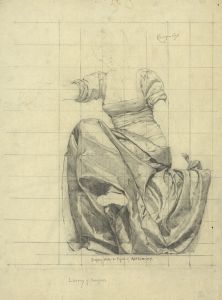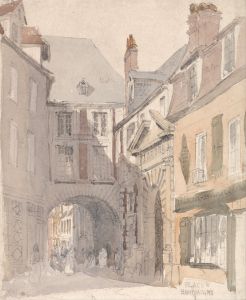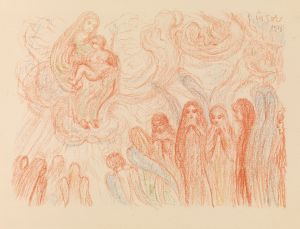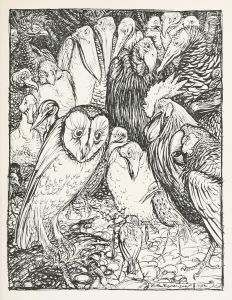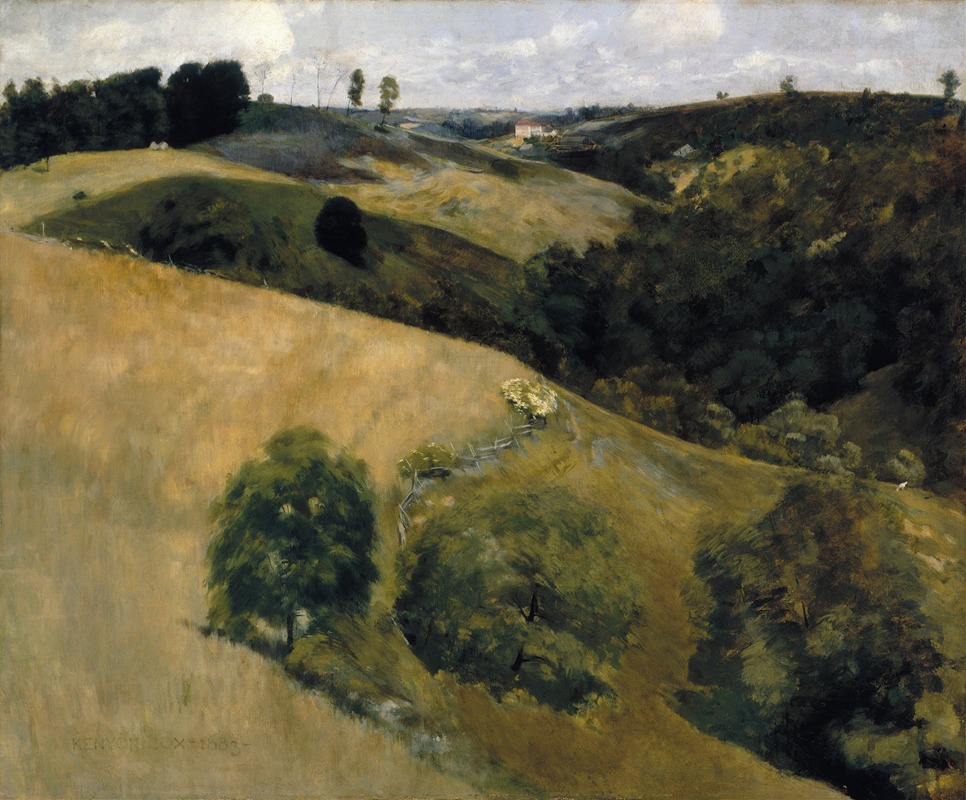
Flying Shadows
A hand-painted replica of Kenyon Cox’s masterpiece Flying Shadows, meticulously crafted by professional artists to capture the true essence of the original. Each piece is created with museum-quality canvas and rare mineral pigments, carefully painted by experienced artists with delicate brushstrokes and rich, layered colors to perfectly recreate the texture of the original artwork. Unlike machine-printed reproductions, this hand-painted version brings the painting to life, infused with the artist’s emotions and skill in every stroke. Whether for personal collection or home decoration, it instantly elevates the artistic atmosphere of any space.
"Flying Shadows" is a painting by the American artist Kenyon Cox, who was an influential figure in the late 19th and early 20th centuries. Cox was known for his work as a painter, muralist, illustrator, and writer, and he played a significant role in the American art scene during his lifetime. Born in 1856 in Warren, Ohio, Cox studied at the Pennsylvania Academy of the Fine Arts and later in Paris at the École des Beaux-Arts, where he was influenced by the academic style of painting.
"Flying Shadows" exemplifies Cox's commitment to classical techniques and his interest in allegorical and symbolic themes. While specific details about the painting's creation and its current location are not widely documented, it is consistent with Cox's broader body of work, which often featured idealized figures and a focus on harmony and balance.
Cox's style was characterized by a strong adherence to academic principles, emphasizing line, form, and composition. He was part of a movement that sought to uphold traditional artistic values in the face of the rapidly changing art world of his time, which was increasingly embracing modernist tendencies. His work often reflected a reverence for the past and a desire to convey moral and intellectual ideals through art.
In addition to his paintings, Cox was a prolific writer and critic. He contributed essays and reviews to various publications, articulating his views on art and its role in society. His writings often defended the classical tradition and critiqued the emerging trends of modernism, which he saw as a departure from the principles of beauty and order that he valued.
Cox's influence extended beyond his own work; he was also a respected teacher. He taught at the Art Students League of New York, where he mentored a generation of artists who would go on to make their own contributions to American art. His teachings emphasized the importance of technical skill and a deep understanding of art history.
While "Flying Shadows" may not be as widely recognized as some of Cox's other works, it remains a testament to his artistic philosophy and his dedication to the ideals of classical art. His legacy is reflected in the continued appreciation of his work and the ongoing interest in the academic art movement of which he was a part.
Overall, Kenyon Cox's "Flying Shadows" is a representation of his broader artistic vision, one that sought to balance the demands of tradition with the challenges of a changing cultural landscape. Through his paintings, writings, and teachings, Cox left a lasting impact on the art world, advocating for a vision of art that was both beautiful and meaningful.





